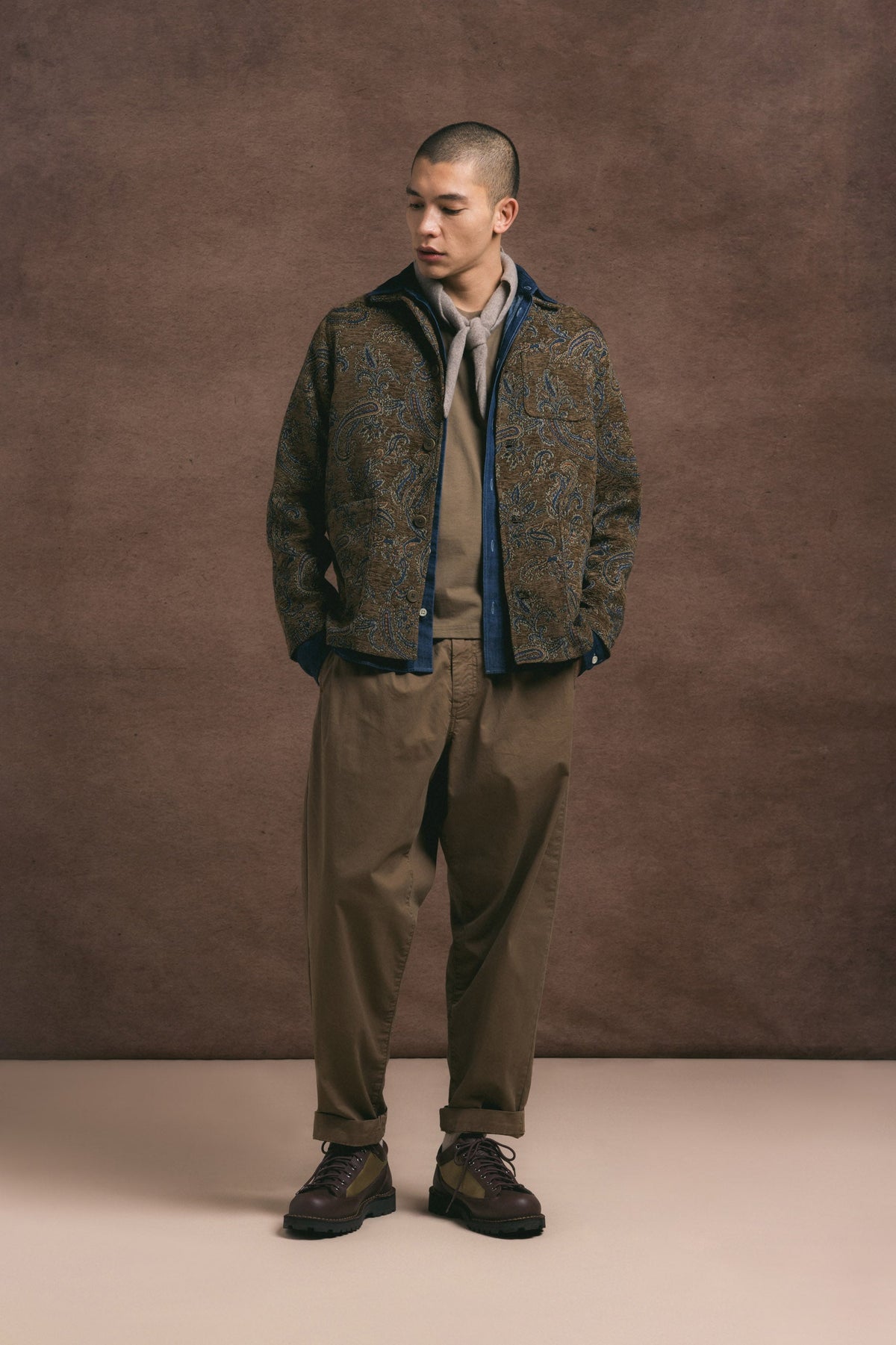
An Act of Creation; The Fusion of Womersley and Klein
Journal by Matt Loader
Many aspects of our lives have been thrown into sharp relief over the past 18 months, particularly our homes and the buildings we now mostly live, work, learn, and rest in.
Great buildings make physical and emotional connections with their surrounding landscapes. The very best buildings fulfill our needs effortlessly; they often come from an incredibly strong working relationship between occupier and designer, and frequently by fusing two strands of previously unrelated ideas into a dynamic new opus. When Bernat Klein first met Peter Womersley, it was the start of a lifelong friendship between the two which bore the most precious of architectural fruit.
Both Klein and Womersley were at the vanguard of their professions, and their close working relationship resulted in two of the most extraordinary buildings constructed in Scotland within the last century. The first is High Sunderland, Klein’s family home, dating from 1957. The second is the Klein Studio, an oeuvre constructed in 1972 and located a short walk through a woodland from High Sunderland.
Looking at these buildings now, so many of the principles which underpin their design ring true even today as a means to create uplifting and joyful spaces in which to live, work, learn and rest.



One of Peter Womersley’s heroes was Ludwig Mies Van Der Rohe. The design of High Sunderland owes a lot to Mies’ aspiration “to bring nature, houses, and human beings together into a higher unity”. A walk around both buildings shows that despite their differences in construction and form, the philosophy is evident in the large glass sections opening each building onto the woodland and vast Scottish Borders landscape.
In both Klein’s textiles and Womersley’s building fabric, there is a consistency and resonance of texture and colour that comes from the natural world surrounding the two buildings. One look at Klein’s professional output lays bare just how much living and working in the borders inspired his work.
Technical aspects of High Sunderland were pioneering for their time too. Womersley had an uncluttered vision of living. There are no radiators; instead underfloor heating was invisibly present throughout the main living room. There are no obvious lights; they are all cleverly hidden in recesses. The curtains draw back into nooks to allow these to remain discreet, creating a seamless view to the outside treelines. The simplicity of this ‘lens’ allowed the outside in, so the house became the backdrop to nature and life, and not the focus.

The studio is a rather different prospect; it is also a far bolder architectural statement formed in two storeys of glass, steel and concrete with a bridge to the entrance. It was expertly engineered by Ove Arup and Partners and book-ends the later Womersley canon of work. It is prominent from the road (whereas the house is hidden) but the same design principles which underpin High Sunderland - connecting inside to outside, clean lines and hidden services - prevail.
There are so many lessons we can take from these two beautiful buildings, namely that there is an inherent sustainability in investing in quality. Quality materials, ideas, and objects transcend time and go the distance. We can apply the same principle of quality - or importantly, good design - to our own homes and belongings to enrich our lives, much like the lives of those who had the pleasure of living, working, learning and resting at High Sunderland and the Klein Studio.


About the author;
Matt Loader is Director of Loader Monteith, an architecture practice based in the South Side of Glasgow. They have won global recognition for their work on the sustainable restoration of High Sunderland following a fire in 2017, cementing their status as a leading Scottish architecture studio capable of delivering challenging and beautiful work. Loader Monteith’s projects bear the hallmarks of their approach; meticulous re-use of materials and careful reimagining of historic structures.
You can find out more about Matt's practice at www.loadermonteith.co.uk.

